Kat King
Library Blogs
Showing 681 - 690 of 1968 items
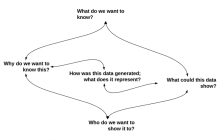
Chances are the work processes you already have in place are generating data that you could be using to learn more about those processes. In this second blog post, the author continues to highlight steps for working with data that is generated by your daily tasks.
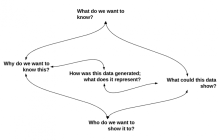
Chances are the work processes you already have in place are generating data that you could be using to learn more about those processes. In two blog posts, the author shares some steps for working with data that is generated by your daily tasks.
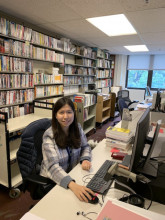
Thanks to a generous program of the Korea Foundation, Asia Library is able to welcome a full-time intern from Korea to its staff every year. These bright, motivated young people learn many facets of library work while here, making this a win-win situation for both parties.

The Winter Ghosts is a beautifully-written novel about a young man whose brother was killed in World War I, who travels in the French Pyrenees in the hope that he will heal his emotional wounds. Stranded in a blizzard, he finds a remote village and meets a young woman who tells him a horrific story of the massacre of a Christian sect in the Middle Ages. But there is more going on than meets the eye. Time travel, ghosts, or the protagonist's imagination? It is up to the reader to decide.
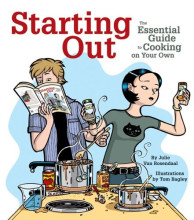
It’s the start of a new school year. Everyone is getting settled into their new routines. I for one have spent most of the past month eating out every day. In an effort to curb this bad habit I decided to check out some cookbooks and try to improve my skills in the kitchen. Now I’m sharing what I found with you all in hopes to inspire more people to become amateur chefs with me.
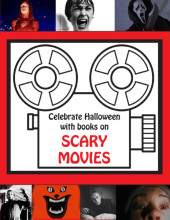
Feel the fright this Halloween by checking out Undergraduate Library books on horror and film! The display of books in the Shapiro Lobby this October is focused on scary cinema.

For the past three years the Text Creation Unit, a small group within the Digital Content & Collections department of LIT, has been busy revising one of the University's oldest and most famous products and projects, the Middle English Dictionary. This post will not address the now 90-year history of the project, nor the technical or design aspects of our new interface, nor even the problems attached to sustaining a project like this over nearly a century. In fact, this post will seem a little roundabout, but trust me, it will eventually end up at the work actually being carried out, and at the sort of thinking, and the sort of crazy people, that go into it.

It's been a busy year in the CVGA so far, and we thought it was time to look at which games are peaking everyone's interest in 2019 so far. FIFA is being played about 3 times as often as anything else, with Assassin's Creed and Spider-Man next in the running. Then we have some of our usual contenders, with the Mario Kart series dominating much of the list. By comparison, we also show our Top Ten List of All Time. FIFA was most popular in years 2013-15, but the Black Ops series still overtakes it in the list. We also see Mariokart, Super Smash Bros. and League of Legends in the overall rankings.

In this mystery set in Venice, Commissario Guido Brunetti solves the murder of a young man, the son of one of Venice's noble families, who had been kidnapped two years ago and whose body was found in a field. His family had been involved in shady business dealings in eastern Europe. Was he murdered because of this? Or did his cousin, the new heir to the family business, murder him? As he searches for the murderer, Brunetti also wonders if his wife, Paola, is unhappy in their marriage because he spends too much time on his police work.
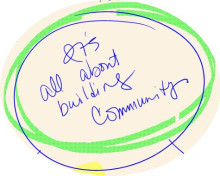
What does it mean to evaluate assessment practices through a DEIA lens? Sheila Garcia, Resident Librarian in Learning and Teaching, shares her personal journey applying a critical lens to her capstone project that centers the experiences of undergraduate language brokers.